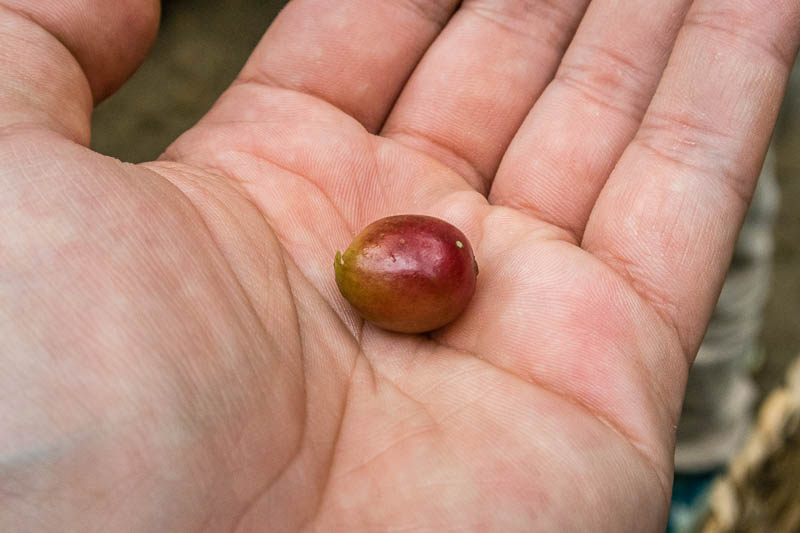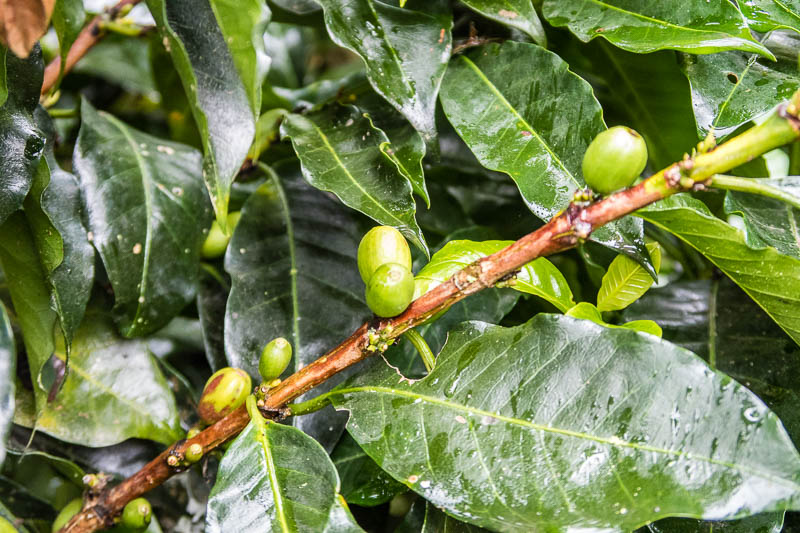[content_slider]
[content_slide]

[/content_slide]
[content_slide]

[/content_slide]
[content_slide]

[/content_slide]
[content_slide]

[/content_slide]
[content_slide]

[/content_slide]
[content_slide]

[/content_slide]
[content_slide]

[/content_slide]
[content_slide]

[/content_slide]
[content_slide]

[/content_slide]
[content_slide]

[/content_slide]
[content_slide]

[/content_slide]
[content_slide]

[/content_slide]
[content_slide]

[/content_slide]
[content_slide]

[/content_slide]
[content_slide]

[/content_slide]
[content_slide]

[/content_slide]
[content_slide]

[/content_slide]
[content_slide]

[/content_slide]
[content_slide]

[/content_slide]
[content_slide]

[/content_slide]
[content_slide]

[/content_slide]
[content_slide]

[/content_slide]
[content_slide]

[/content_slide]
[/content_slider]
MEDELLIN | Colombia and coffee go hand in hand, and visiting a coffee farm in Colombia is something that I’d wanted to do for a while. I got my opportunity when in Medellin at D’Arrieros, a coffee farm just a 45 minute drive out of the city centre.
Don Carlos, the owner of the farm, is an affable character. He greeted us as our driver and tour guide approached the farm’s entrance and handed us hats and towels. Don Carlos then proceeded to talk about D’Arrieros, the history of coffee in Colombia, and what coffee farming, and the Colombian coffee industry as a whole, means to him.
After this, we proceeded to trace the journey of coffee, from bean to cup. The first thing was to walk for a few minutes up the side of a mountain to reach the coffee plants. We picked ripe red coffee cherries, and chewed on the flesh, which exposed the seed in the centre. We refer to coffee beans, but coffee is actually a stone fruit, and the coffee bean is actually the seed of this fruit.
Once we each had a good stash of coffee cherries, we were taken to a hand operated machine to extract the seeds from the fruit. Pop the fruit in the top, rotate the wheel, a voila – you’re left with raw coffee beans in the machine.
Following the separation of flesh and seed, we moved to the roof of one of the farm buildings, where beans that had been extracted from the fruit a few days prior were drying. Everything at D’Arrieros is done by hand, and for the drying process even his cat gets involved. We watched as Don Carlos’ cat moved through the beans – it helps to ensure that they’re evenly distributed and dry properly.
Don Carlos utilises the honey process of coffee production in order to be sustainable and minimise water usage. The thin layer between the seed and flesh, mucilage, is dried along with the seed which allows it to be removed without the use of water. The mucilage, due to its sweet flavour, is often referred to as honey.
We then took a look at the roasting equipment and got to see the final product that most are familiar with – roasted coffee beans. With the production part of the tour now over, it was time to enjoy some coffee. Unlike some farms which discard the honey, Don Carlos uses it to make a sweet, ice-blended drink – the bowl and glass of gritty looking black stuff in my photos. It’s delicious and makes one wonder why more places don’t use it.
As for the coffee itself, freshly ground of course, the quality is top notch. Don Carlos enjoys his simply filtered, black and strong. We tried it a few ways, and while the milky coffee was certainly tasty, my favourite was black as well, almost served like Turkish coffee with a thick layer of grounds left lingering at the bottom.
While enjoying the coffee, we were also treated to a traditional workers lunch of bandeja paisa. It’s extremely popular in this part of Colombia, and consists of a combo of red beans, white rice, ground meat, chicharon, fried egg, plantain (patacones), chorizo, arepa, black pudding (morcilla), avocado, and lemon. It’s wrapped in banana leaf for easy storage and portability and utterly delicious.
At the end of it all we were given a bag of D’Arrieros coffee beans (whole or ground, your choice) to take home. We were also given the opportunity to purchase more, which we did, to enjoy back home in Australia.
Before heading back to Medellin, we rode on a nearby cable car that’s used by farmers to help transport their goods. It gave us a great sense of appreciation for the amount of agriculture that occurs out here, and the sheer beauty of the mountainous area.
We booked our D’Arrieros coffee farm tour with Toucan Cafe & Tours, a great cafe and tour operator who run various ethical tours out of Medellin. The cost was COP$189,000 per person, about USD$55.

